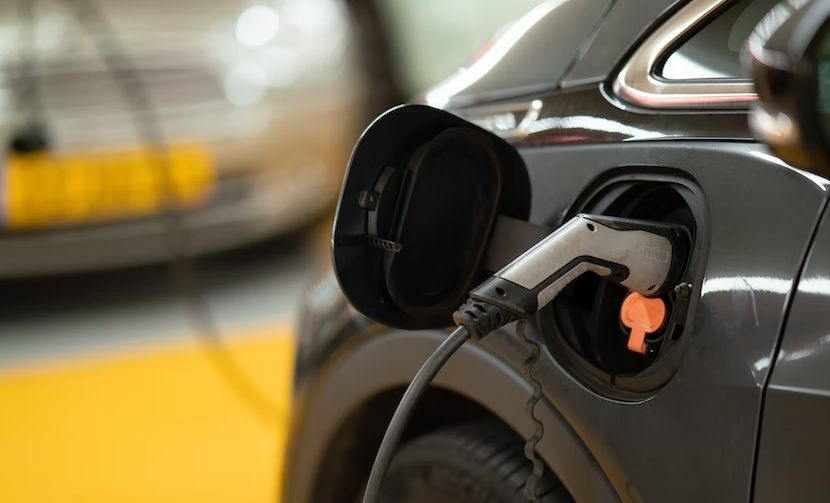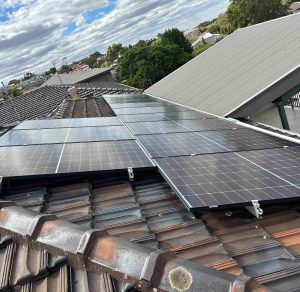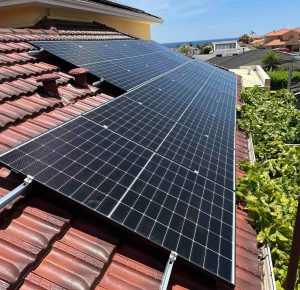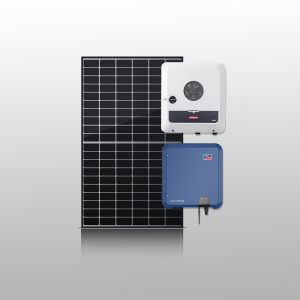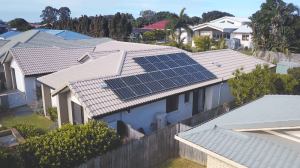Australia is one of those countries that receive most of the sunlight. No wonder EV charger installation in Australia has gone up to harness the energy and save the environment and fuel costs. According to Statista, electricity generation is the largest producer of greenhouse gases which is further used to charge electric vehicles. Moreover, 18% of the total air pollution in the country is attributable to vehicles as per The Guardian.
But the use of EVs becomes onerous if they are not getting charged with a solar battery that uses solar panels to produce electricity. To make this happen, we need to make sure there are mechanisms in place.
You need not find the nearest Tesla SuperCharger when your EV needs a quick charger. Smart grid engineer Prof. Mahfuz Aziz found that solar panels help households to import 20% less energy from grids. The consumption rises if EVs are added. But the introduction of solar batteries can further reduce the import by 89%.
Why you should opt for EV Charger Installation in Australia?
Among other things, here are some advantages of having a perennial flow of electricity to charge your EV:-
You need not wait for cheap off-peak charges at odd hours to charge your vehicle.
If you have a solar panel-powered solar battery, this means you may charge your vehicle while it charges.
The cost of installation is incurred one-time which seems minimal against the humongous electricity bill notwithstanding environmental benefits.
You are free from the ‘ Range Anxiety’ of finding a power station when you leave your house in hurry.
How Solar EV Charger works?
There are some components of a home EV charger that will help us understand the working of EV charger installation:
1. Solar PV Panels
This converts solar radiation falling on its surface area into electricity and saves it on a solar battery.
2. Microcontrollers
Their function has to increase the efficiency and production of panels manifold using Pulse Width Modulation and to transfer the extra energy generated to storage batteries.
3. Motor
Motors tilt panels to ensure maximum sunlight is received by the solar panels at any given point of time during the day. The angle at which the panel is to be rotated is calculated by the Solar Position Algorithm which considers the position of the earth and time.
4. DC-DC Converter
Solar panels generate a high-voltage direct current which transitions to a desirable voltage that suits the EV charger when it goes through a DC-DC converter. They come installed with Maximum Power Point Tracking or MPPT, also used in microcontrollers, that supports a panel to operate at its highest capacity.
5. Battery Monitoring System
BMS maps the maximum capacity of the vehicle, rate of current transfer, temperatures, and other issues related to batteries.
6. EV Charging Gear
Electric vehicle chargers come in three different varieties differentiated on the basis of the time taken to charge an EV:
i) Level 1- It uses common household power fittings and can take between 8 to 12 hours to fully charge the battery.
ii) Level 2- It can charge an EV battery in 4-6 hours. It can be found in residential campuses or other public facilities.
iii) Level 3- Not every EV is compatible with Level 3 charging. It can charge 80% of the battery in 3o minutes.

